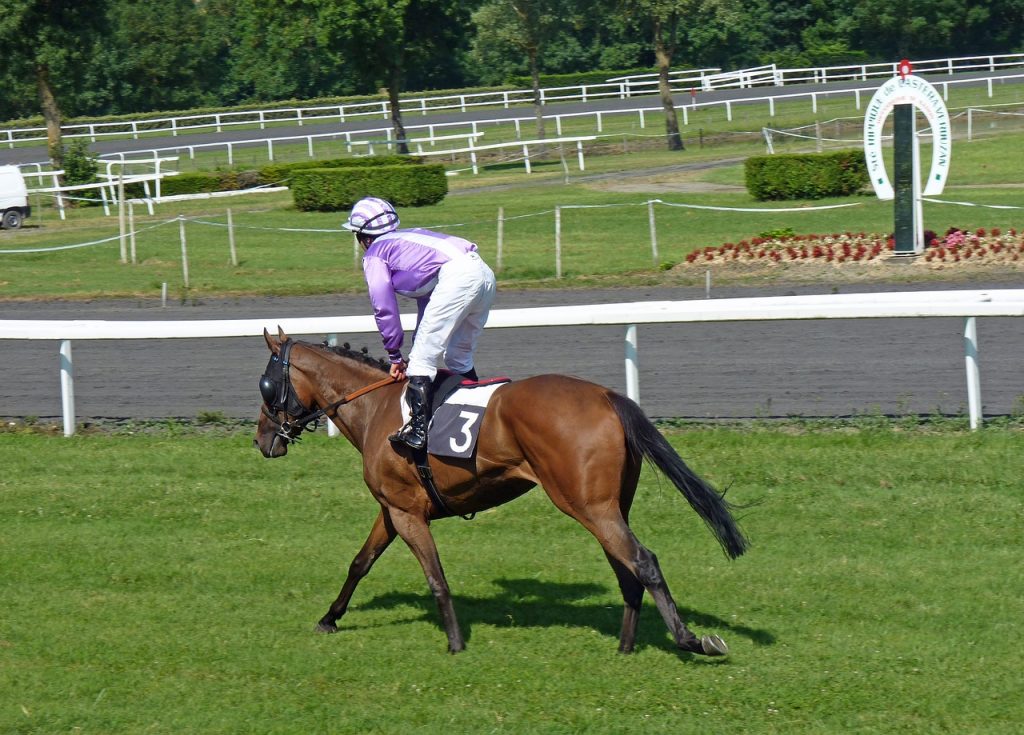
Principle of the Pari Mutuel Urbain
The Pari Mutuel Urbain is one of the most popular traditional games used to earn money through betting. But to become a true turfist, you have to go through the ultimate step: the establishment of an excellent PMU prognosis. Among the most popular races in Pari Mutuel Urbain trotting is at the top of the rankings. Hence the question, how can you make a third-place prediction in trotting? Let’s find out the particularities and the principle of the trot and the trifecta.
Everything you need to know about trotting horse racing
One of the peculiarities of trotting races is its speed. Moreover, until now, the richest horses in these races are the best. Of course, this approach is still debatable, because the past performance of the horses is no guarantee of future performance. This intuitive and simple assumption is accepted in the equestrian world. Therefore, in trotting races, the big numbers represent the best trotters. Therefore, number 18 is supposed to be a better horse than number 1.
During a Pari Mutuel Urbain race, when the difference between the supposedly better and the supposedly worse horse is too vast, the handicappers try to balance the chances of each horse. But how is this balancing done? The best horses will be handicapped by extending the distance they have to travel.
How to make an excellent prognosis in trotting races? To make an excellent prediction in trotting races, it is essential to take into account all the factors of the race you wish to bet on. In addition to these factors, don’t forget to take into account the particularities of the jockeys, horses and trainers.
In addition, to make a good prognosis, it is also essential to find an excellent basis. Besides, it is the ally of all bettors! In general, this base is essential, because a good base for trotting is enough to play trotting! As an abseiling sting, there are two types of trotting races: harnessed and mounted. Of course, these two disciplines have their own particularities, which are very important to know.
History and principle of the Tiercé
Created by André Carrus in the 1954s, the Tiercé is an aspect of pari turf. Note that André Carrus is a director during the Pari Mutuel Urbain. It was only two years after its creation that the tiercé was democratised via the first television broadcasts. Thus, in 1956, a TV programme transmitted live the support races of the Tiercé in a specially dedicated retransmission. For a long time, the Tiercé has been considered as the favourite bet of the Turfists. Certainly, at present, its position is dethroned by the Quinté +, but it remains in the square!
What is the principle of the Tiercé in trot? Currently, the tiercé, which is played once a day, consists in finding the first 3 horses that will be on the podium, in order of arrival. The tierce has only two ratios: the finish in order and the finish in disorder. Note that the race selected daily is identical to the one selected for the quinté and the quarté.
What about the basic stake for this race? From now on, it is 1 €, allowing players to make reduced fields, combinations or complete fields. Don’t forget that there is also the flexi, with which players can bet €0.50. In addition, bettors who want to put a part or all of chance in their bet can also play from semi random tickets, spot, etc. Finally, with the rise of the internet, it is now possible to play online.